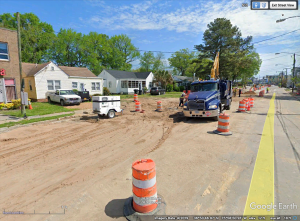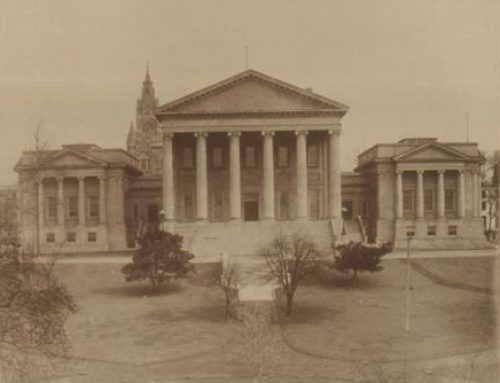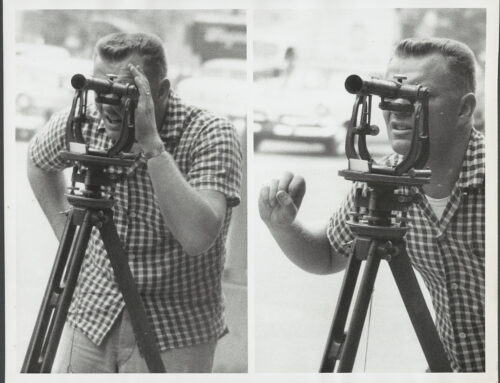Landowners’ counsel in Virginia often use a tactic called the “unity of lands doctrine” to try to inflate damage claims, but a recent decision from the Virginia Beach Circuit Court shows a way to defeat this common tactic.
In City of Va. Beach v. Sweigart, Case No. 18005649-00, the project called for a utility easement to be taken on Parcel 21 and a temporary construction easement to be taken on Parcel 20. The landowners designated appraiser Dennis Gruelle to testify that the taking of a utility easement on Parcel 21 damaged Parcel 20 by making both unsuitable for commercial development.

Neither parcel was used for commercial purposes as of the date of take. In fact, each one was improved with a separate residence and each was generally too small to be used for commercial development. Nevertheless, Gruelle was designated to testify that the properties should be considered as one parcel to be developed for commercial use. In support of that contention, the landowner sought to introduce an architectural drawing of a three-story mixed use building that, the landowner alleged, could have been constructed on the parcels before the take but could not be constructed afterward because of the location of the easement on Parcel 21.
The City argued that the landowner had failed to satisfy the requirements of the unity of lands doctrine and so the landowner could not claim that the taking of the easement on only one parcel caused damage to the remainder of the other parcel. Under the unity of lands doctrine, a parcel may be considered as one parcel along with other otherwise legally separate parcels, if the parcels have the same use, have physical unity (essentially that they are contiguous), and have the same ownership. Whenever there is a claim of unity of lands, it is important to carefully analyze that each of these three elements are present, since if any of them are lacking the claim can be defeated, and there is the potential to have the witness relying on this doctrine excluded.
The only element at issue in the Sweigart case was unity of use. To satisfy that element, a landowner must show that there is an “actual and present joint use” between the parcels. Commonwealth Transp. v. Glass, 270 Va. 138, 150, 613 S.E.2d 411, 414-18 (2005). Establishing a possible future joint use is not sufficient to satisfy the requirements of the doctrine. Id., 613 S.E.2d at 418.
The City pointed out that the use of each parcel at the time of the taking was residential and that the two parcels had not been aggregated for commercial development. It also argued that the drawing offered by the landowner established, at best, a possible future use, not a current use. To the extent that a drawing or plans could be used to establish a current use, the City argued that the specific drawing at issue here did not do so because the development it showed was wholly speculative, as there was no site plan and no steps had been taken with City planning to actually develop the parcels for commercial use. Despite having acquired the last parcel in 2012, the landowners had taken no step in the ensuing 7 years to bring to pursue commercial development of the property. In those circumstances, the City argued that the drawing was prepared solely in anticipation of litigation to support the landowners’ theory.
The court ultimately sided with the City, ruling that “testimony from Dennis Gruelle or any other witness, or exhibits concerning damages to Parcel 20 as a result of a Dominion Energy easement on Parcel 21, are excluded as there was no unity of use between the two parcels on the date of take.” Going further, the court ruled that Mr. Gruelle could not make reference to, nor could the landowners present testimony or exhibits about, “any particularized or prospective development” on the properties because such development was “speculative and remote.”






Leave A Comment